So you finally did it, you adopted a rescue puppy! Except there’s one problem. You just walked into the living room to find your favorite throw pillow shredded. With a pile of—something on the rug, which has also been mangled, along with your photo album. (This may or may not be from personal experience.) A chaotic scene like this actually says more about the owner’s training habits than the naughtiness of the puppy. And that’s good news. It means this kind of puppy behavior can be reversed with proper coaching. I’ve got plenty of tips and first-hand experience from owning and training a rescue puppy that I can’t wait to share. You can get started by following the short guide below.
Why Training Is Important, A Cautionary Tale
I’ll admit, I wasn’t much of a dog person before I adopted a puppy, and this was due to the fact that every dog I ever met was a slobbering, in-your-face, jumping mess. I didn’t know at the time that this had nothing to do with the dog and everything to do with the owner’s lack of dog parenting. For instance, I had an acquaintance who didn’t train her puppy, and it grew into an ill-mannered dog. When dinner was served at the table, this pup had no problem sticking his giant wet nose onto your plate—he jumped, slobbered, and basically ran the place. This is only one example of why training is important. This sort of behavior can be remedied by training and when you have company, they’ll comment on how well behaved your puppy is.
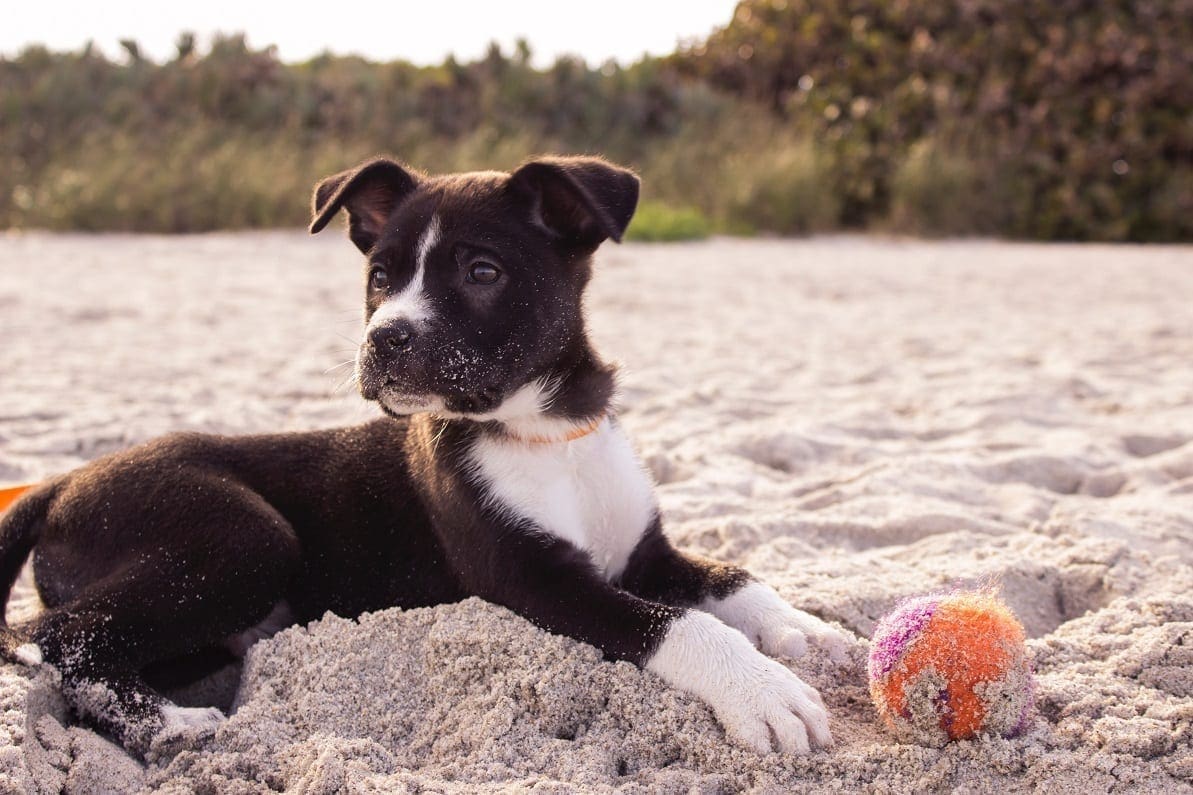
Before You Bring Them Home
First, Research!
The first thing to do is research dog breeds, analyze their common behavior traits and needs, and compare that with your lifestyle. For example, working breeds like German Shepherds, Siberian Huskies, and Rottweilers are bred for specific tasks and make exceptional guard dogs. While terrier breeds are bred for digging and chasing small animals and may not get along with your smaller pets, cats included.
There are tons of breeds out there, and understanding which one will work for you will help you determine how much work and training and raising your new BFF will be. Understanding breeds is one of the biggest factors in training a rescue puppy.
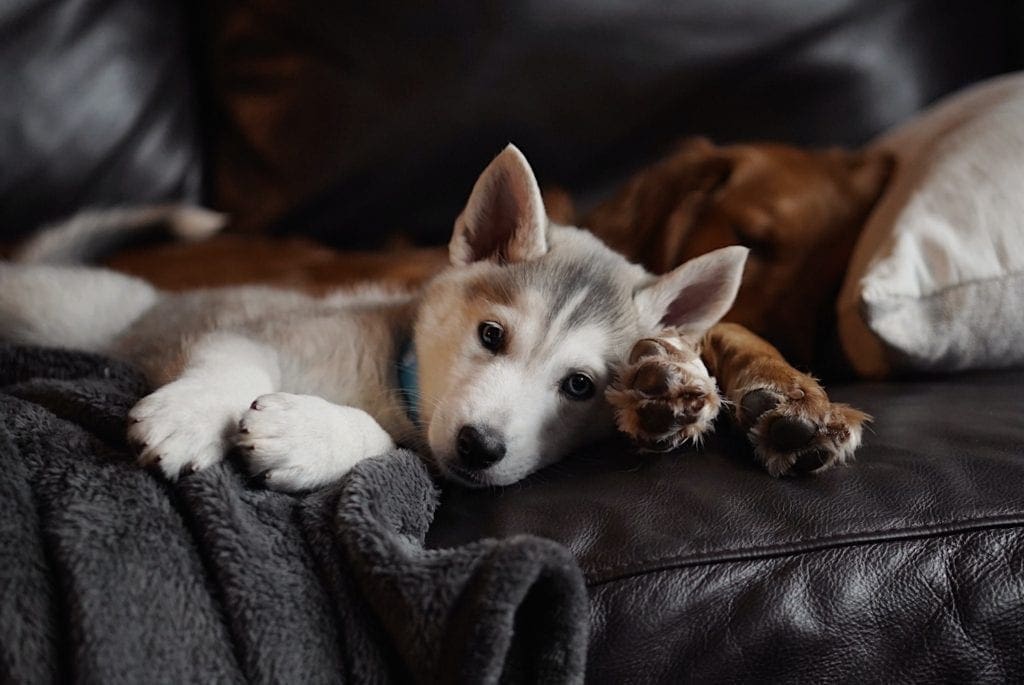
Photo by Mark Zamora
Next, Control the Environment
You know how dog parents say that puppies are like kids? It’s true (sort of). Just like you would for a baby, you better puppy-proof your home as best you can. At the very least, the areas where they’ll be hanging out. This is known as “controlling the environment.” Things like toxic plants, food, and chemicals should be stored out of reach. Also be sure to invest in cord protectors, outlet covers, a baby/safety gate, exercise pen, and crate. Keep things like shoes, slippers, socks, bags, remotes, and even throw pillows away just in case your puppy decides those things are their new chew toys. And make no mistake, they will.
Then, Invest in Lots of (Good) Chew Toys
Regardless of breed, keeping your puppy busy is training 101. Puppies chew for two reasons: teething and exploration. Just like human babies, puppies explore the world with their mouths. They’ll chew on anything and everything. So if you don’t want to lose that treasured pair of Jordan 1 Highs, you better make sure they’ve got many toys they enjoy. If you do catch them with something they’re not supposed to have, don’t punish or yell at them. Simply take the item away and give them one of their toys. It’s a simple way to help them associate what’s theirs with what isn’t.
For good toys, pet-parent faves include rubber kongs, which can be filled with peanut butter, cheese, and small treats. Kongs keep puppies and dogs entertained for hours, often enough that they’ll tire themselves out. Squeaky plush toys are another favorite, just be sure to watch them and remove the squeaker if they happen to rip it out; it’s a choking hazard.
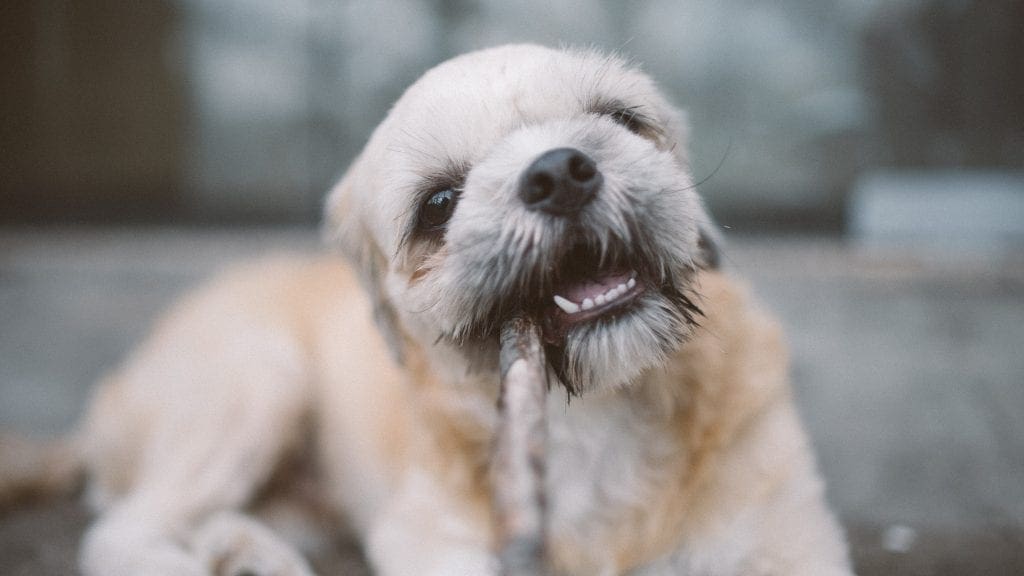
Photo by Lucas Bellator
Let the Training Begin
Manners Matter
Never feed your pup from the table. Bring any food, treats, etc., to their bowl. This allows you to set boundaries and avoid bad habits, like begging, in the future. If you want to give treats in places other than their dish, show them where treats do come from. We trained our shepherd to know that treats come from her cookie jar, our hands (not at the table), her dish, and the floor. If you use all these tips, you’ll avoid invasive dog snouts on your dinner plate and another common bad behavior: begging.
To Crate or Not to Crate?
Dogs are den animals, they seek comfort and safety in small, cave-like places, (they’re cousins of the wolf after all). If you use a crate responsibly and properly, you shouldn’t run into any issues. And your pup might even learn to love their crate. In the beginning, I too was apprehensive about crates, but after repeatedly coming home to a destroyed living room and watching our puppy constantly seek refuge under the sofa, I invested in a crate, which she took to right away.
If you like, you can remove the crate when they get older, but you might find (as I did) that your pup is looking for a “den” to chill out for a while. Even man’s best friend needs some alone time.
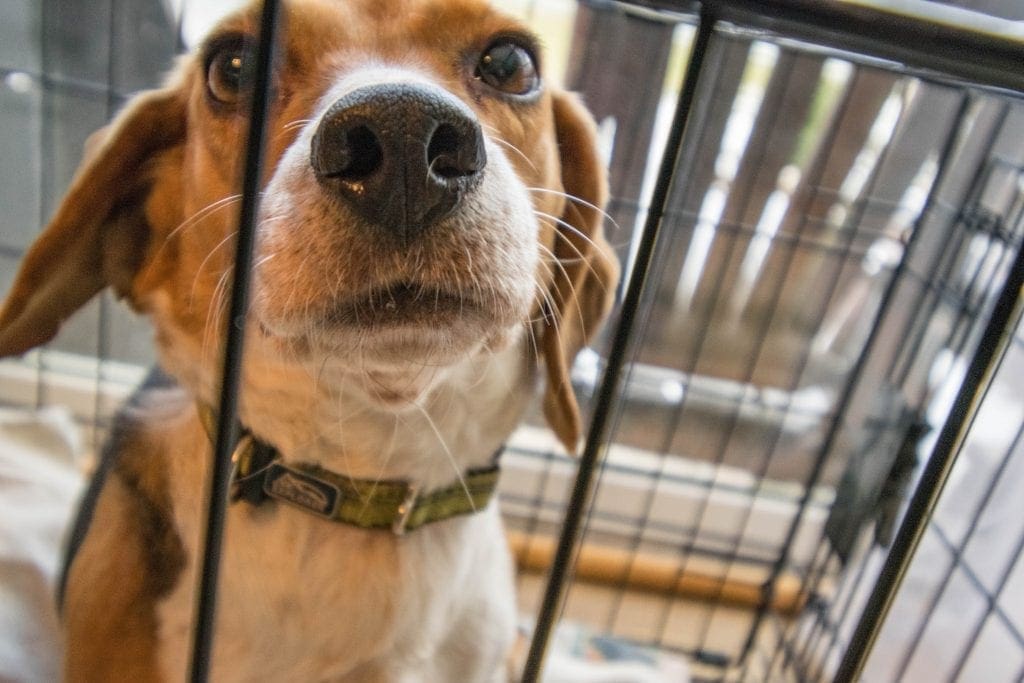
Photo by Hilary Halliwell
Make sure the crate is a warm, inviting, and comfy space by placing some of their favorite toys and blankets inside. Never force them inside, let them explore it on their own. And be sure the crate is the right size. It should be large enough so that their shoulders don’t touch the ceiling of the crate when they’re standing. *Never leave a puppy/dog in a crate longer than six hours!*
Potty Training 101
Also known as “house training,” where consistency is key and patience is a must. The easiest way to do this is to start with paper training. You can use newspapers or purchase potty training pads from pet retailers that are designed with pheromonal attractants. These are ideal if you’ll be gone for a bit, and they are easy to place outside, in the designated “potty spot.” Each time your puppy eliminates where he/she is supposed to (preferably outside), praise them and give them a treat. Over time, they’ll associate the outdoors with where to GO, and you won’t need pee pads anymore. I’ve tried once or twice to leave pee pads out for our dog, in case I’m out longer than I intend. She no longer uses them but instead, waits until we come home. And no, I don’t crate her anymore—I’m just that darn good at training a rescue puppy.
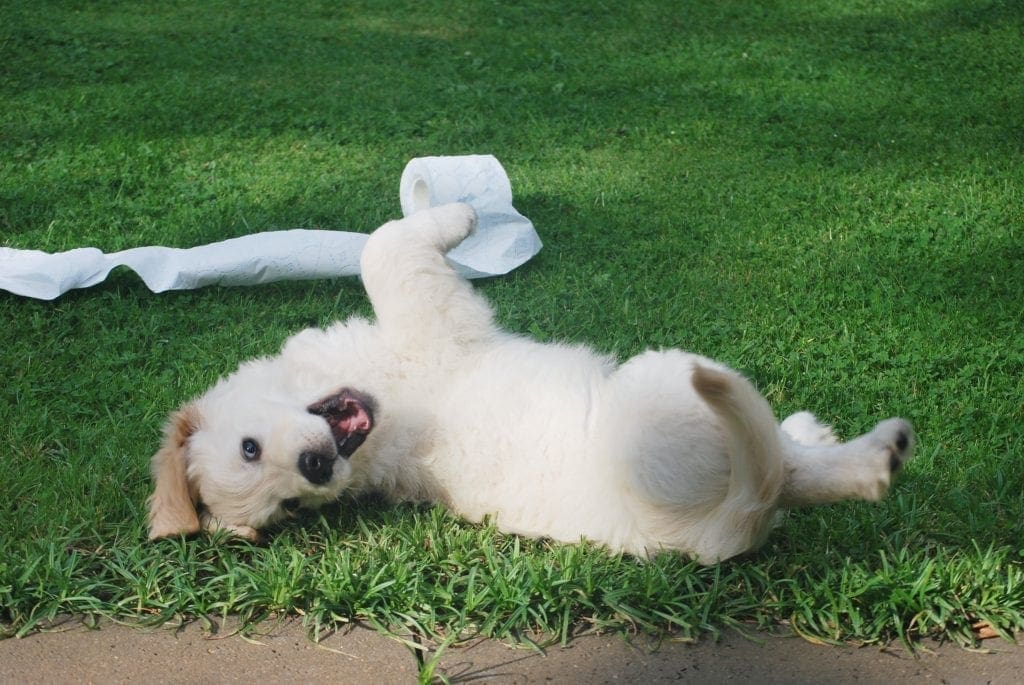
Photo by Daniël Maas
Quit Your Cryin’!
Whether it’s at night, in the crate, or in the kitchen, this one can be tricky. But just like with a baby, you’ve got to ignore it. This can be really, really difficult, but if you so much as give in once, you’re teaching your puppy that they’re in charge, and you can be manipulated by one small whimper. So unless they’ve gotta GO, or they’re alerting you to potential issues (illness, pain, strangers), ignore them. They’ll stop eventually, and praise them when they do.
In the Long-Term
You Know The Rules (And Make Sure Everyone Else Does)
See? Training a rescue puppy isn’t all that bad. One last thing, make sure everyone in the household follows the same training rules you’ve set in place, (kids included!). One little bit of bacon from the table can set you and all your hard work back several months. I’ve had this happen, and it’s very frustrating since you literally have to start back at square one. And breaking bad habits in an adult dog is much more difficult than when they’re a puppy. With a bit of research, patience, and consistency, you and your new four-legged BFF will be on your way to success!
About the Author/s
Amaris Pollinger is the Music + Entertainment Editor at the New Jersey Digest. She lives on the fringes of a ghostly battlefield with her husband and their pets.
Addicted to coffee, a lover of wine, music, and history, she just wants to hang out on a cozy porch somewhere.
